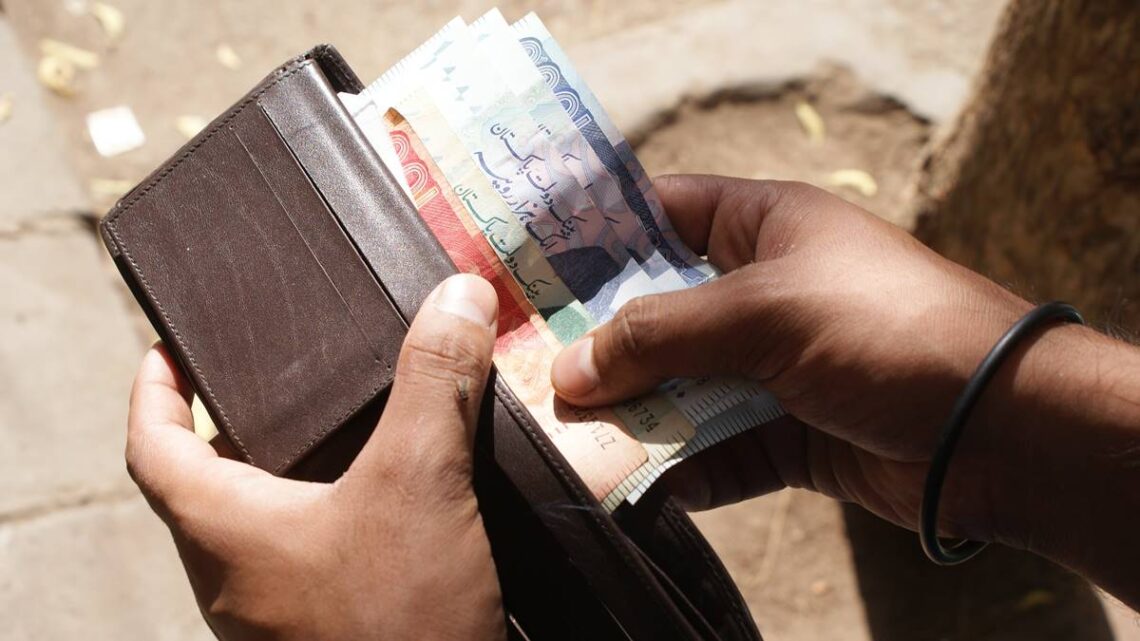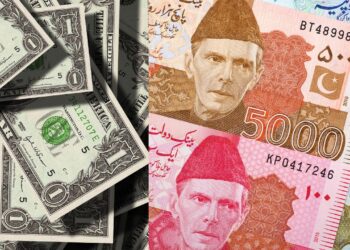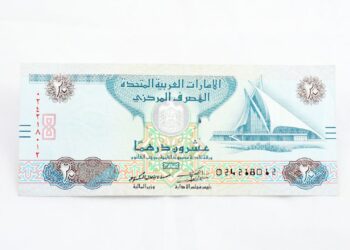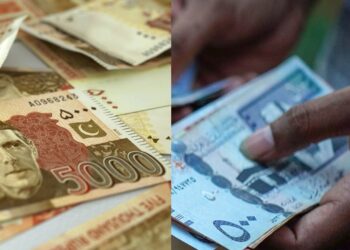In October, bank deposits in Pakistan hit Rs26.398 trillion, marking an 18% increase from the prior year. The uptick was credited to the nation’s attractive interest rates, drawing in more savers. Although there was a slight 0.3% increase from September, deposits remained high.
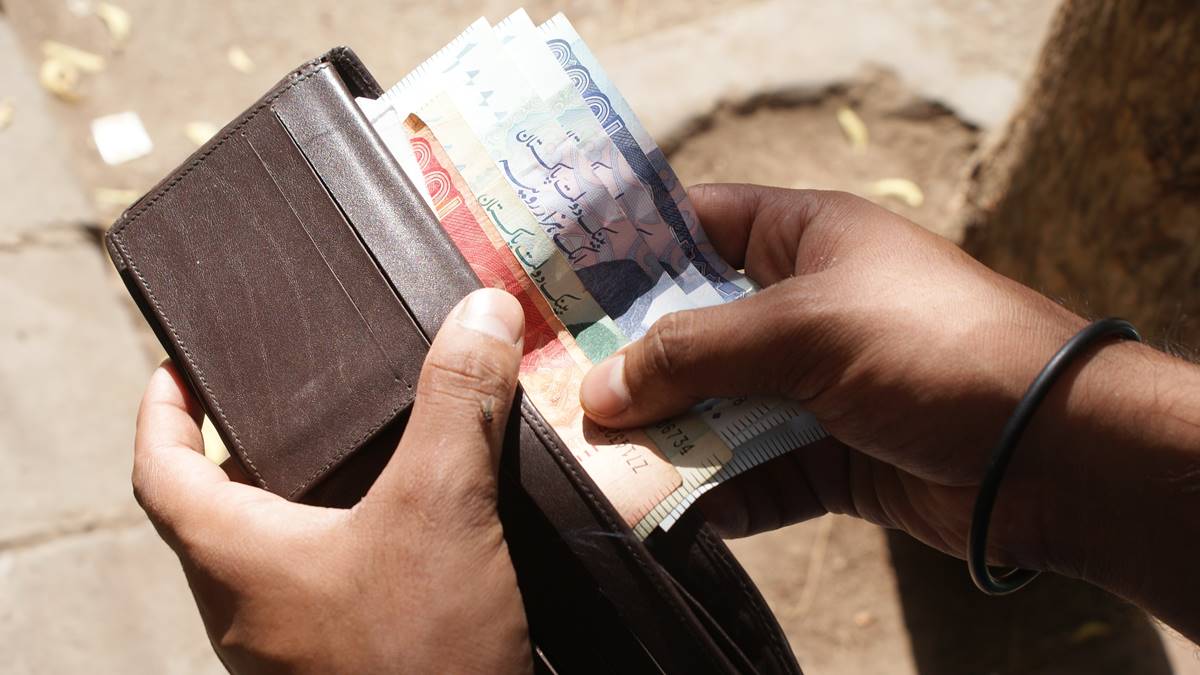
Several factors fueled this surge in deposits. Higher interest rates prompted people to keep their money in banks, while overseas workers sent more remittances back home. Additionally, the crackdown on illegal currency trade and dollar smuggling led to more people converting and depositing foreign currencies. The growth in deposits was also supported by the rapid expansion of certain bank branches.
The rise in deposits is expected to bolster bank earnings in the future, even if interest rates decrease. The government’s borrowing needs, currency value fluctuations, and inflation predictions will all play into interest rate changes. While it was anticipated that interest rates would remain at 22% until early 2024, a recent decline in Pakistan’s Investment Bonds yields might prompt the State Bank of Pakistan to consider lowering rates in the upcoming monetary policy review.
In October, bank advances increased by 8%, reaching Rs11.898 trillion, while bank investments surged by 27% to Rs23.232 trillion. However, while banks are making more money from government securities due to their attractive returns, they claim to lend mainly due to the government’s increasing borrowing needs.
The State Bank of Pakistan recently injected a substantial amount, Rs4.65 trillion, into banks through a 28-day open market operation. This move was to prevent a liquidity shortage in the market.
The growth of broad money slowed to 12.9% by the end of September from 14.2% in June, mainly due to a decrease in private sector credit and reduced commodity operations financing. Similarly, the growth of reserve money declined, mainly because of a slowdown in currency circulation.
The Net Foreign Assets (NFA) of the State Bank of Pakistan and the banking system expanded due to significant foreign exchange inflows in July, while Net Domestic Assets (NDA) decreased, leading to a positive shift in the composition of both broad money (M2) and reserve money.
Read more: Pakistani Rupee to Remain Under Pressure Against USD Until IMF Review.
Follow INCPAK on Facebook / (X) Twitter / Instagram for updates.
